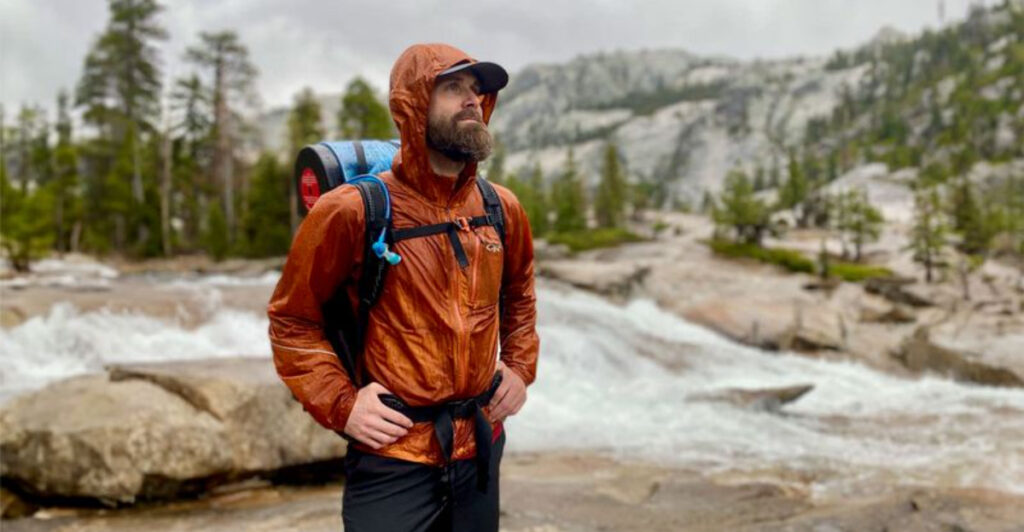Packing the right clothes can make or break your backpacking adventure. Many travelers focus on gear like tents and sleeping bags but overlook crucial clothing items that keep you comfortable, dry, and safe on the trail. Smart clothing choices mean the difference between enjoying breathtaking views and shivering through miserable nights. Here are twenty essential clothing items that experienced backpackers swear by, but newcomers often leave at home.
1. Quick-Dry Base-Layer Top (Merino or Synthetic)
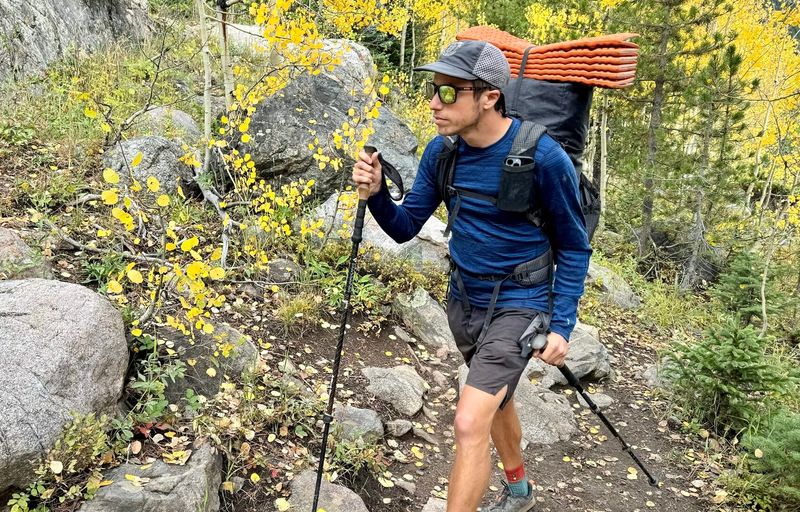
Your skin’s best friend on the trail deserves more than a cotton t-shirt. Base layers work like a personal climate control system, pulling moisture away from your body and drying quickly when you take breaks. Merino wool naturally resists odors and regulates temperature, while synthetic materials excel in durability and quick-drying performance. Both options beat cotton hands down for serious hiking. Look for slim-fitting designs with flat seams to prevent chafing during long days. The 120-200 gram weight range provides the perfect balance between warmth and breathability for most conditions.
2. Base-Layer Bottoms (for cold nights + shoulder seasons)

Cold mountain mornings have a way of reminding you why long underwear exists. When temperatures drop at higher elevations or during shoulder seasons, base-layer bottoms become your legs’ lifeline against the chill. Mid-weight merino wool or synthetic materials provide excellent insulation while maintaining breathability during active moments. They layer perfectly under hiking pants without adding bulk or restricting movement. Smart backpackers pack these even for summer trips, knowing that weather can change rapidly in the mountains. Your future self will thank you when unexpected cold snaps hit.
3. Quick-Dry Hiking Underwear
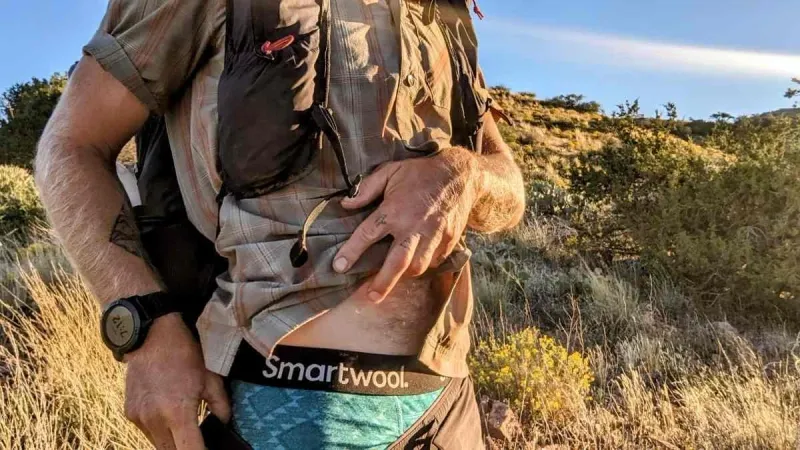
Nothing ruins a perfect hiking day quite like uncomfortable underwear. Moisture-wicking fabrics keep you dry and prevent the dreaded chafing that can turn every step into agony. Synthetic blends and merino wool options both excel at moving sweat away from sensitive areas. They dry quickly during rest stops and maintain their shape after repeated washing in camp. Cotton underwear might feel familiar, but it holds moisture like a sponge and takes forever to dry. Invest in proper hiking underwear and experience the difference quality makes on multi-day adventures.
4. UPF Sun Hoodie or Long-Sleeve Sun Shirt
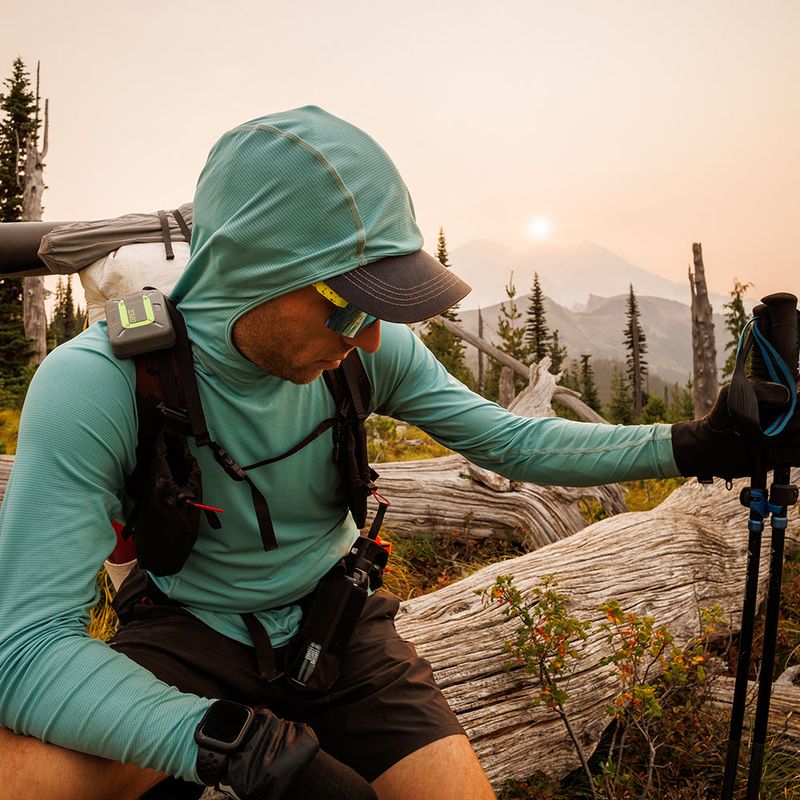
Sunscreen works great until you sweat it off or forget to reapply every two hours. A UPF-rated sun hoodie provides consistent protection without the hassle of constant reapplication. UPF 50 fabric blocks approximately 98% of harmful UV rays, protecting your skin during long exposure days. The hood extends coverage to your neck and ears, areas often missed by hats. Bonus benefits include bug protection in insect-heavy areas and a lightweight layer for cool mornings. Choose light colors and breathable fabrics to stay comfortable in hot conditions while maintaining excellent sun protection.
5. Quick-Dry Hiking Pants

Your legs face rocks, thorns, and unpredictable weather on every trail. Nylon-spandex hiking pants handle these challenges while maintaining comfort and freedom of movement. Quality hiking pants shed light rain, dry quickly after stream crossings, and stretch for scrambling over boulders. Strategic pocket placement keeps essentials secure without interfering with pack straps. Ventilation features like thigh zips help regulate temperature during strenuous climbs. Look for reinforced knees and seat areas for durability, plus articulated knees that move naturally with your stride on steep terrain.
6. Trail Shorts (or Convertible Pants)
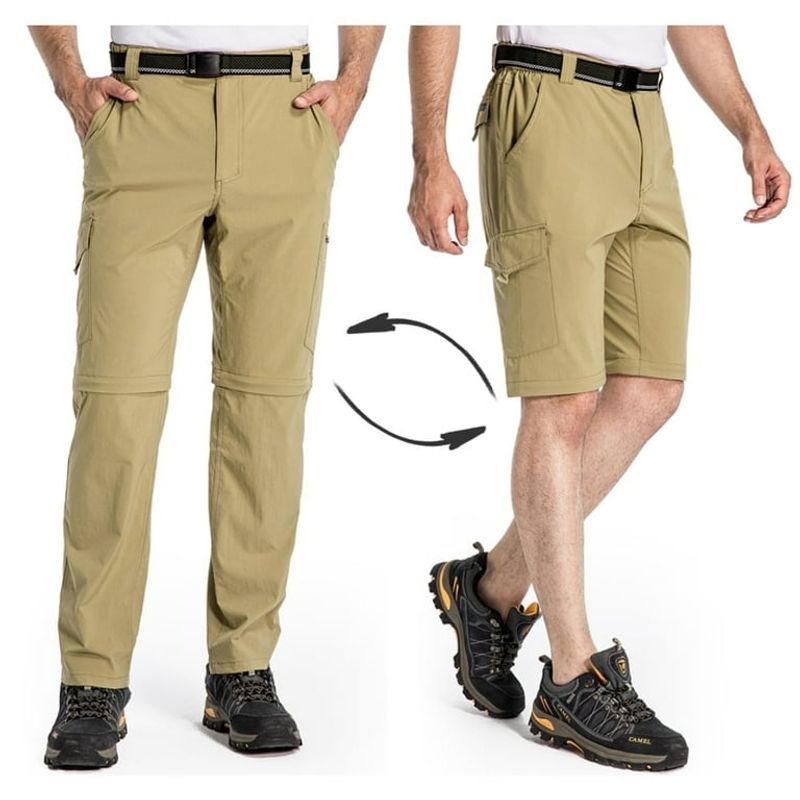
Hot weather hiking demands breathable clothing that moves with your body. Trail shorts with built-in liners eliminate the need for separate underwear while providing excellent ventilation. Mesh pockets drain quickly after water crossings and allow air circulation around your legs. The lightweight construction reduces pack weight while maintaining durability for rugged terrain. Convertible pants offer the best of both worlds, transforming from full coverage to shorts with simple zip-off legs. This versatility proves invaluable when weather conditions change throughout the day or elevation gains bring temperature drops.
7. Mid-Layer Fleece
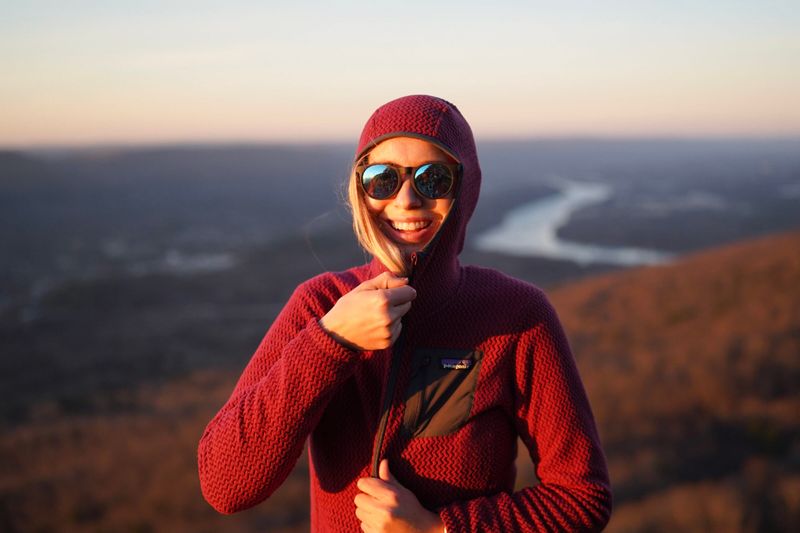
Fleece earns its reputation as the workhorse of layering systems through reliable performance in varied conditions. This synthetic insulation maintains warmth even when damp from sweat or light moisture. The 100-200 weight range provides optimal warmth-to-weight ratio for backpacking. Fleece breathes well during active periods, preventing overheating on steep climbs while retaining heat during rest stops. Unlike down insulation, fleece performs consistently in wet conditions and dries quickly. Its compressible nature makes it easy to stuff into your pack when temperatures rise, then pull out again when evening brings cooler air.
8. Packable Insulated Jacket (Down or Synthetic)

Mountain temperatures drop fast after sunset, making insulated jackets essential for comfortable evenings. Down insulation offers superior warmth-to-weight ratios in dry conditions, compressing to remarkably small sizes. Synthetic insulation performs better in wet environments, maintaining loft and warmth when damp. Both options pack down small and expand to provide crucial warmth when needed most. Modern packable designs stuff into their own pockets, creating compact bundles that fit easily in your pack. Choose based on expected conditions: down for dry, cold environments; synthetic for potentially wet conditions.
9. Waterproof-Breathable Rain Shell
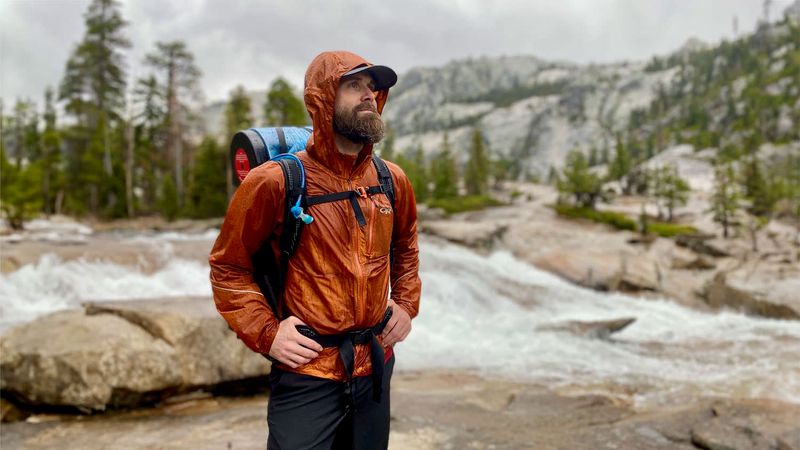
Weather changes without warning in the mountains, making waterproof protection non-negotiable. A quality rain shell keeps you dry while allowing sweat vapor to escape through breathable membranes. Fully seam-taped construction prevents water from sneaking through needle holes, while pit zips provide ventilation control during active periods. Hood designs that move with your head maintain peripheral vision and weather protection. The difference between waterproof and water-resistant matters significantly during extended storms. Invest in true waterproof protection with durable construction that withstands pack abrasion and rough use on demanding trails.
10. Lightweight Rain Pants
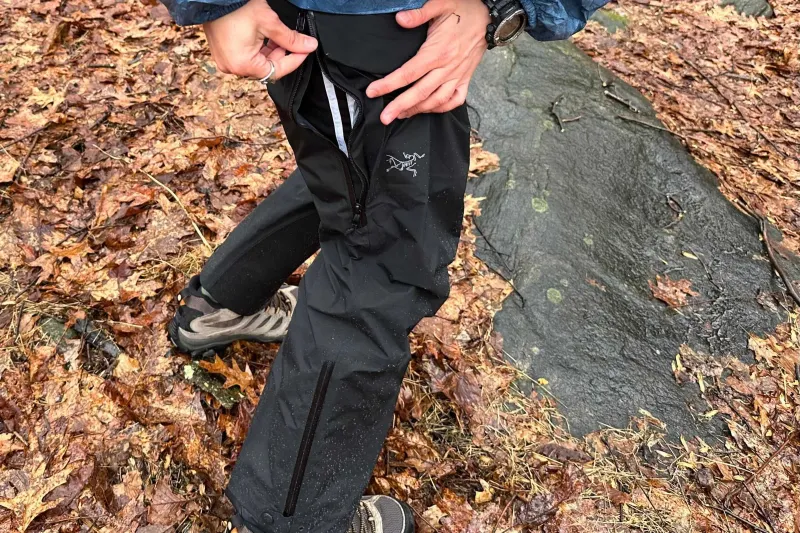
Your legs deserve the same protection as your torso when storms roll in. Rain pants transform miserable wet hiking into manageable conditions, keeping you moving toward shelter. Ankle zips allow easy on-off over boots, while articulated knees ensure natural movement during steep terrain navigation. Side zips provide ventilation options when rain stops but humidity remains high. Even fair weather forecasts can turn wrong in mountain environments. Rain pants also provide wind protection and extra warmth during unexpected cold snaps, making them valuable beyond just precipitation protection.
11. DWR Refresh (Spray or Wash-In)
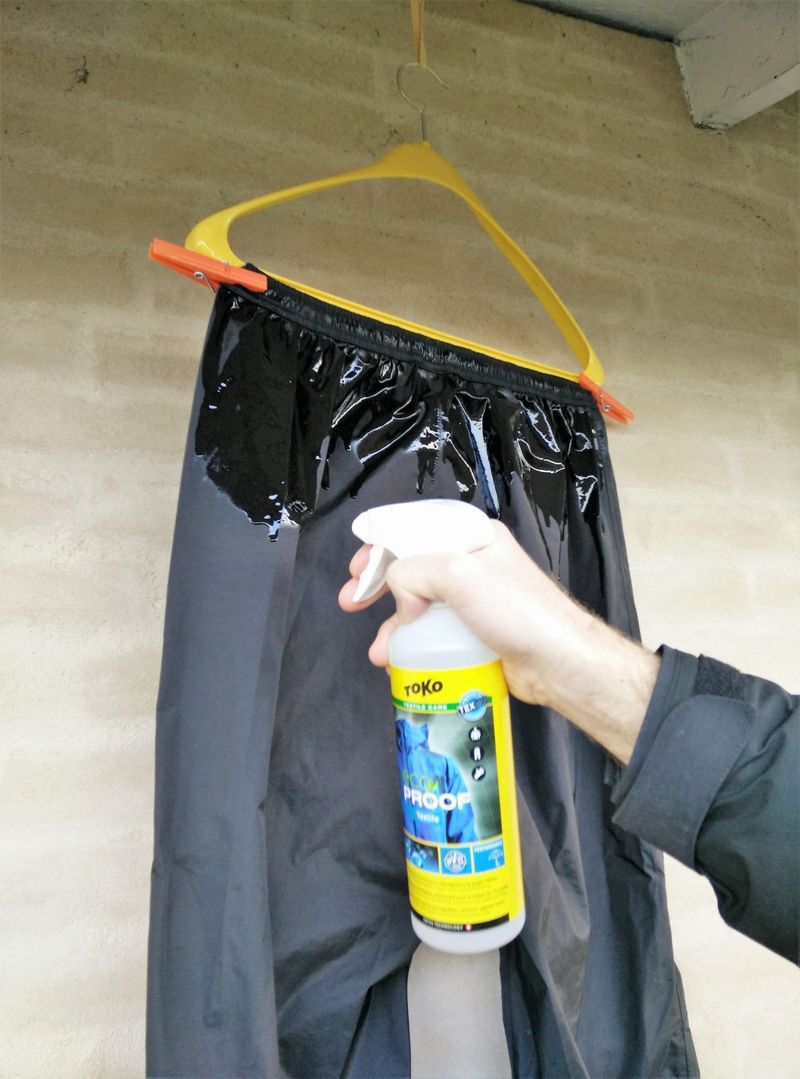
Even the best rain gear loses effectiveness over time as DWR coatings wear off. When water stops beading and starts soaking into outer fabrics, it’s time for treatment renewal. Wash-in treatments provide even coverage and longer-lasting results, while spray-on options offer targeted application and convenience. Both restore the water-repelling properties that keep your shell performing optimally. Regular DWR maintenance extends gear life and maintains protection levels. Test your shell’s performance by sprinkling water on the fabric – proper DWR causes water to bead and roll off rather than soak in.
12. Wide-Brim Sun Hat or Cap + Neck Cape

Your head and neck face intense UV exposure during long trail days. Wide-brim hats provide 360-degree shade, protecting ears, neck, and face from harmful radiation. Neck capes attach to caps, extending protection to vulnerable areas often missed by sunscreen application. UPF-rated fabrics offer measurable protection levels, typically blocking 95-98% of UV rays. Consistent coverage beats sporadic sunscreen application, especially during multi-hour hiking sessions. Choose hats with chin straps to prevent loss during windy conditions, and consider packable designs that won’t crush in your pack.
13. Buff/Neck Gaiter (Multifunction Tube)

One simple tube serves a dozen functions on the trail. Neck gaiters transform into sun protection, sweatbands, dust masks, and even emergency bandages when situations demand creative solutions. Lightweight UPF fabrics excel in desert environments, while merino wool versions provide warmth during shoulder seasons. The seamless tube design eliminates pressure points and uncomfortable seams. Versatility makes neck gaiters exceptional value for minimal weight and space. Pull up over your nose during dusty sections, wrap around your wrist as a sweatband, or use as a beanie liner for extra warmth.
14. Beanie (Warm Hat)
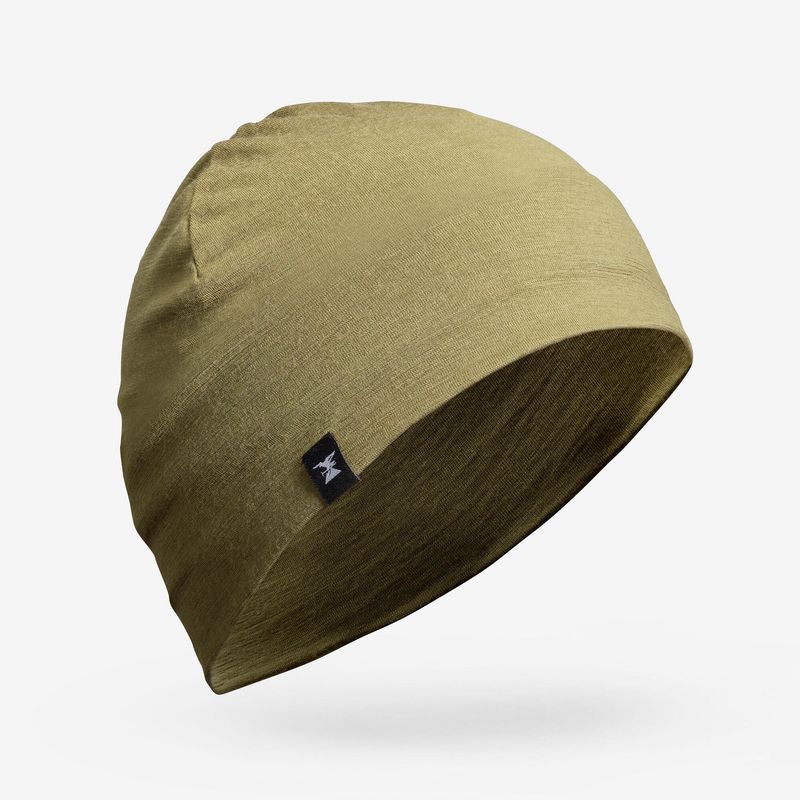
Cold heads make for uncomfortable nights and miserable mornings. A quality beanie provides instant warmth during temperature drops, whether you’re breaking camp or enjoying evening views. Merino wool and synthetic materials both offer excellent warmth-to-weight ratios while maintaining breathability. Compressible designs pack small but expand to provide crucial heat retention when needed. Your head represents significant heat loss potential, making beanies essential for temperature regulation. Choose designs that cover your ears completely and won’t slide off during sleep or active movement around camp.
15. Lightweight Liner Gloves

Chilly mornings and windy summits demand hand protection that doesn’t sacrifice dexterity. Liner gloves provide essential warmth while maintaining finger sensitivity for map reading and gear handling. Touchscreen-compatible fingertips eliminate the need to remove gloves for device operation. This feature proves invaluable for navigation, photography, and emergency communication in cold conditions. Lightweight construction means minimal pack space and weight penalty. These gloves layer well under heavier options for extreme conditions, or work perfectly alone during shoulder season hiking when full winter gloves are overkill.
16. Waterproof/Breathable Shell Mitts (or Rain Mitt Covers)
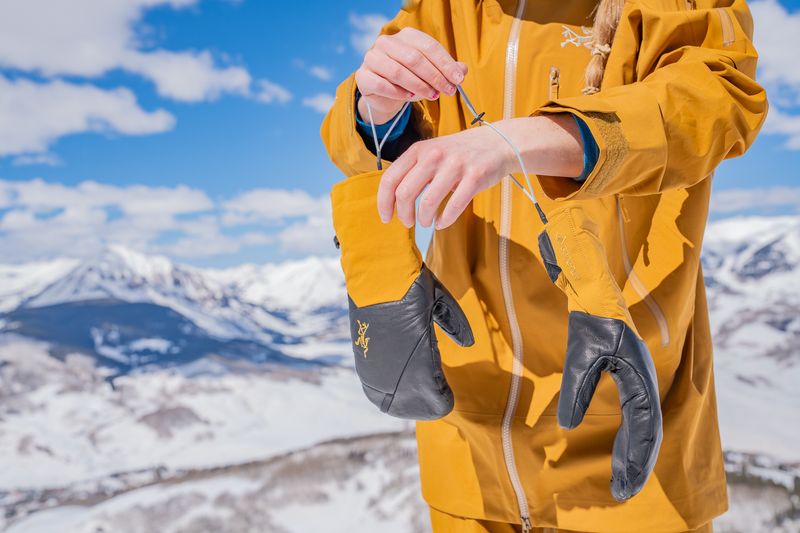
Wet hands lose dexterity fast and become dangerously cold in alpine environments. Waterproof shell mitts provide crucial protection during extended exposure to rain, snow, or wet conditions. Minimalist designs layer over liner gloves, creating a versatile hand protection system. Mitts naturally retain more warmth than fingered gloves while maintaining weather protection. Quick on-off capability allows fine motor tasks when conditions permit, then rapid protection when weather deteriorates. Pre-curved designs accommodate natural hand positions and reduce fatigue during extended wear periods.
17. Hiking Socks (Merino or Synthetic Blends)
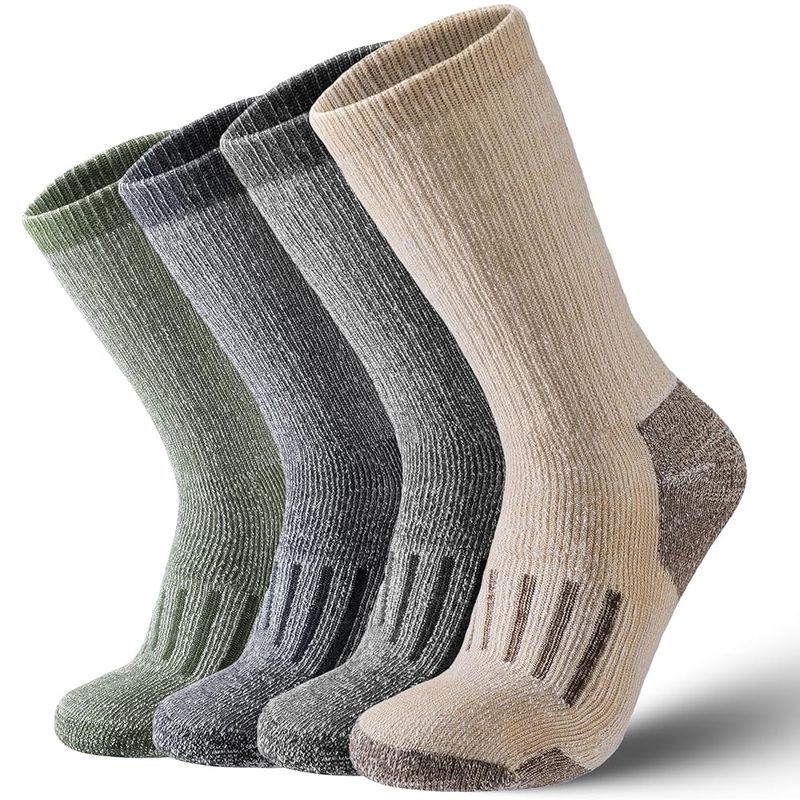
Your feet carry you through every mile, making quality socks a critical investment. Purpose-built hiking socks prevent blisters through strategic cushioning and moisture management that cotton simply cannot match. Merino wool blends naturally resist odors and regulate temperature, while synthetic materials excel in durability and quick-drying performance. Both options significantly outperform cotton in trail conditions. Proper height, cushioning levels, and fabric blends address specific hiking needs. Look for reinforced heels and toes, seamless toe construction, and elastic arch support for maximum comfort during long trail days.
18. Liner Socks (Optional, for Blister-Prone Hikers)

Friction causes blisters, and liner socks create a barrier that reduces skin-damaging rubbing. Ultra-thin materials allow normal boot fit while providing crucial protection for susceptible areas. The two-layer system lets liner and hiking socks move against each other instead of against your skin. This friction reduction proves especially valuable during high-mileage days and challenging terrain. Not every hiker needs liners, but blister-prone individuals swear by their effectiveness. Silk and synthetic options both work well, with synthetic materials offering better durability and easier care.
19. Gaiters (Low or Mid)

Sand, pebbles, and debris have an annoying habit of finding their way into your boots. Gaiters create a protective barrier that keeps trail detritus out while providing additional weather protection. Low gaiters handle most hiking conditions effectively, while mid-height options add protection against splash, snow, and brush. Both designs attach securely to boots and pants for reliable coverage. Trail conditions determine optimal gaiter height and features. Sandy environments, stream crossings, and early season snow all benefit from gaiter protection that keeps feet comfortable and boots functioning properly.
20. Compression Socks (for Travel Days & Recovery)
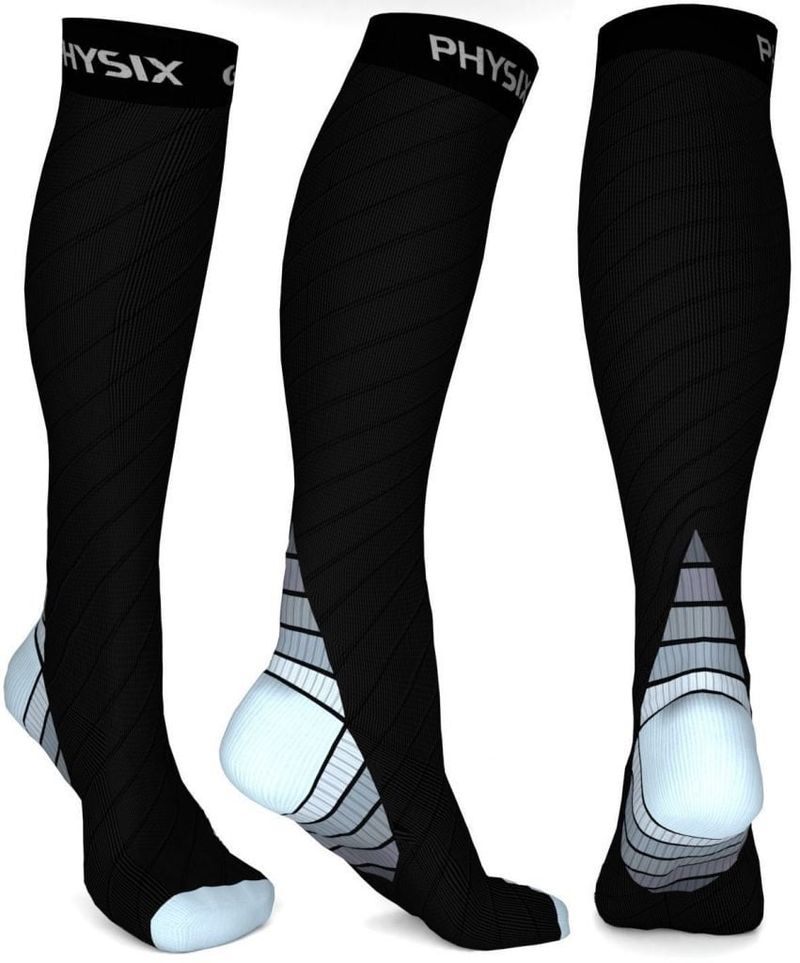
Long flights and bus rides to trailheads create circulation challenges that compression socks address effectively. Graduated compression reduces blood pooling and associated discomfort during extended sitting periods. Medical research supports compression sock benefits for flights over five hours, showing reduced risk of circulation issues. The graduated pressure promotes healthy blood flow from ankles toward the heart. Pack these specifically for travel days rather than hiking itself. Your legs will feel fresher upon arrival, ready to tackle demanding trails instead of dealing with travel-related swelling and discomfort.

